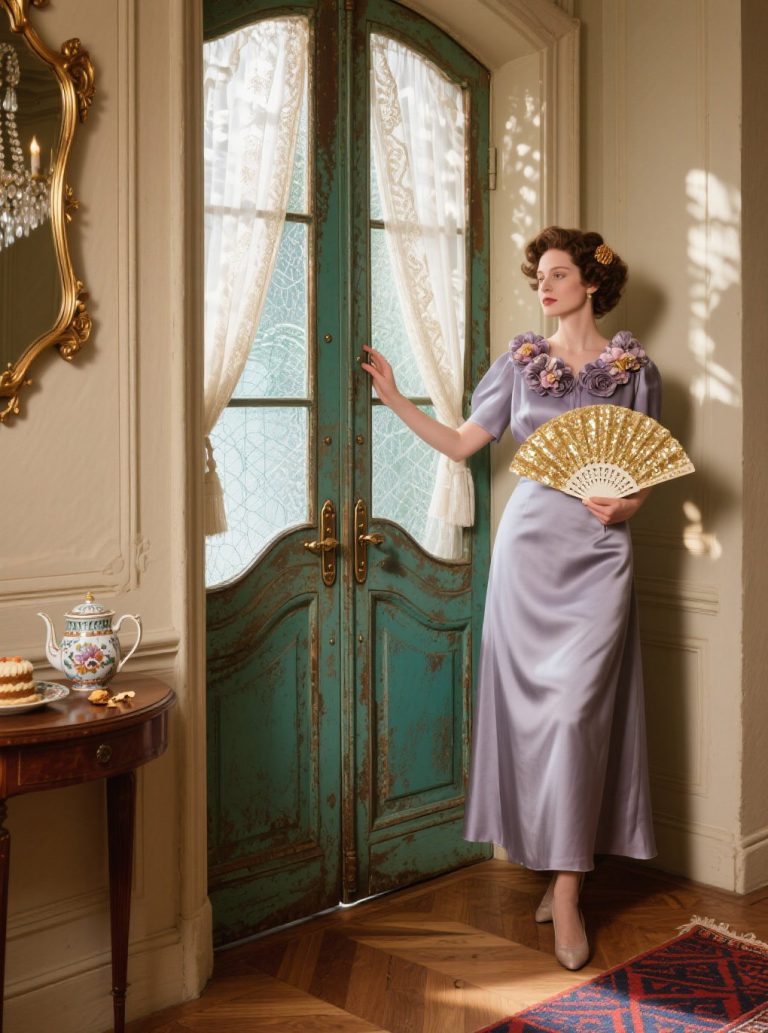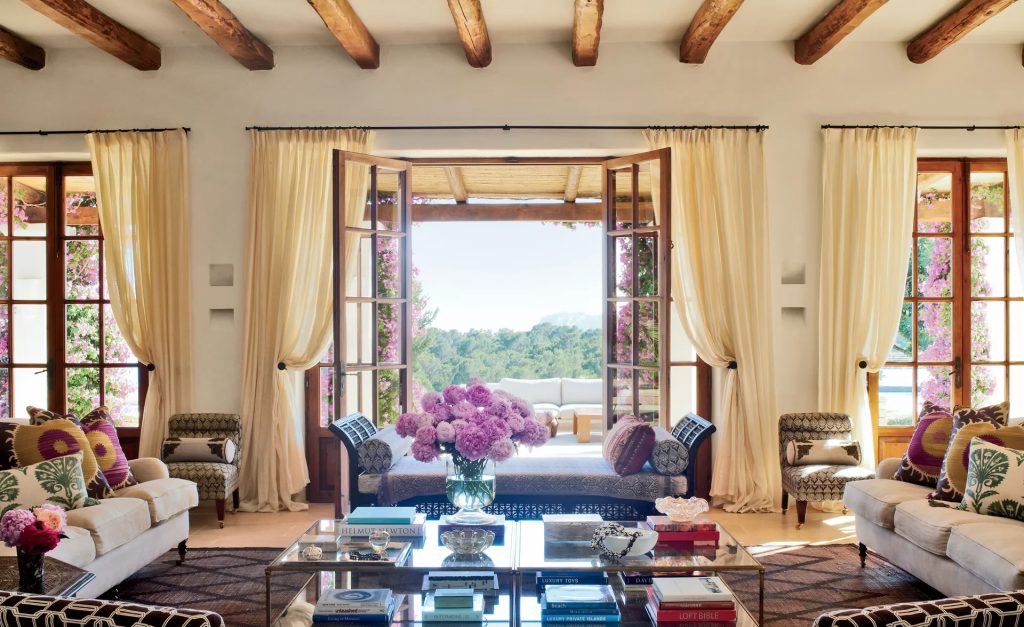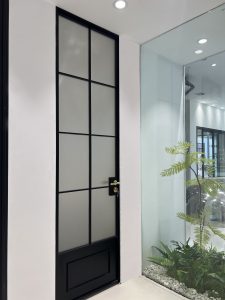Origins: Renaissance and the birth of the French door (16th-18th centuries)
From classical aesthetics to modern global design, exterior French doors have evolved into an iconic element of European architecture. With elegant design, ample natural light, and flexible opening, they blend timeless beauty with modern function.
1/French Court & Gorgeous Innovation
A symbol of Versailles’ elegance, the Hall of Mirrors under Louis XIV used glass doors to enhance natural light and create a sense of endless space. Although glass technology was limited, nobles used small panes to achieve a bright, open feel—giving rise to the classic “Porte-fenêtre” style.
2/Fusion of Baroque and Classicism
With symmetrical aesthetics, double doors follow strict axial balance, reflecting classical architectural order. Additionally, ornate frames with gold carvings, arches, or Corinthian columns highlight the luxury of Baroque and the elegance of Rococo styles.

Industrialization and the spread of globalization (19th-20th centuries)

The industrial revolution of the 19th century provided the technological basis for the popularization of French doors, while colonial expansion and cultural exportation pushed them around the world.
1/Materials
During the Haussmann renovation in Paris in the 1850s, cast iron door frames made French doors stronger and more durable for urban apartment buildings. In the early 20th century, the float glass technology invented to realize the modernity of the whole piece of glass.
2/ Technology
Broken Bridge Aluminum Technology: combine heat-insulating aluminum profiles with Low-E glass to solve the energy consumption defects of traditional French doors.Ultra-narrow bezel design: a minimalist steel frame that is only 2cm wide to achieve a nearly invisible visual effect.
3/Simplification of the Modernist Movement
Le Corbusier’s use of unadorned steel-framed glass doors in the Villa Savoye, which retains transparency but eschews carving, embodies a “machine aesthetic.”

Sustainable & Cultural Interpretation
Innovation in the context of carbon-neutral targets
Application of recycled materials: Dutch company develops door panels made from recycled glass bottles with a 60% lower carbon footprint.
Passive house standard: Austrian brand Internorm launches glass doors with a U-value of 0.5 to meet the new EU 2025 energy efficiency regulations.
French doors combine European court style with industrial advancements and globalization. Over three centuries of development and cultural exchange, they have become a symbol of elegance. Today, as sustainability and digitalization grow in importance, French doors may use new materials, but their focus on light and spatial flow still influences modern architecture.
